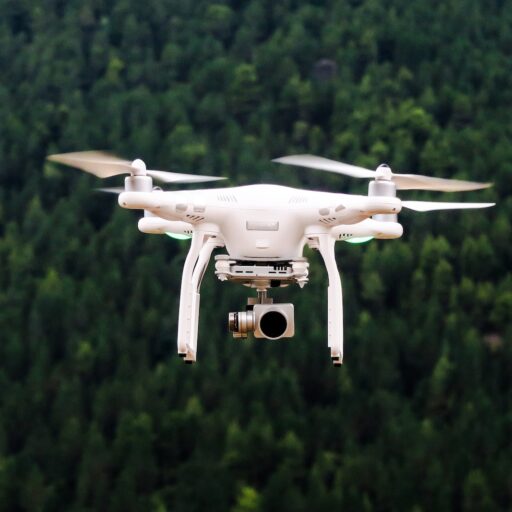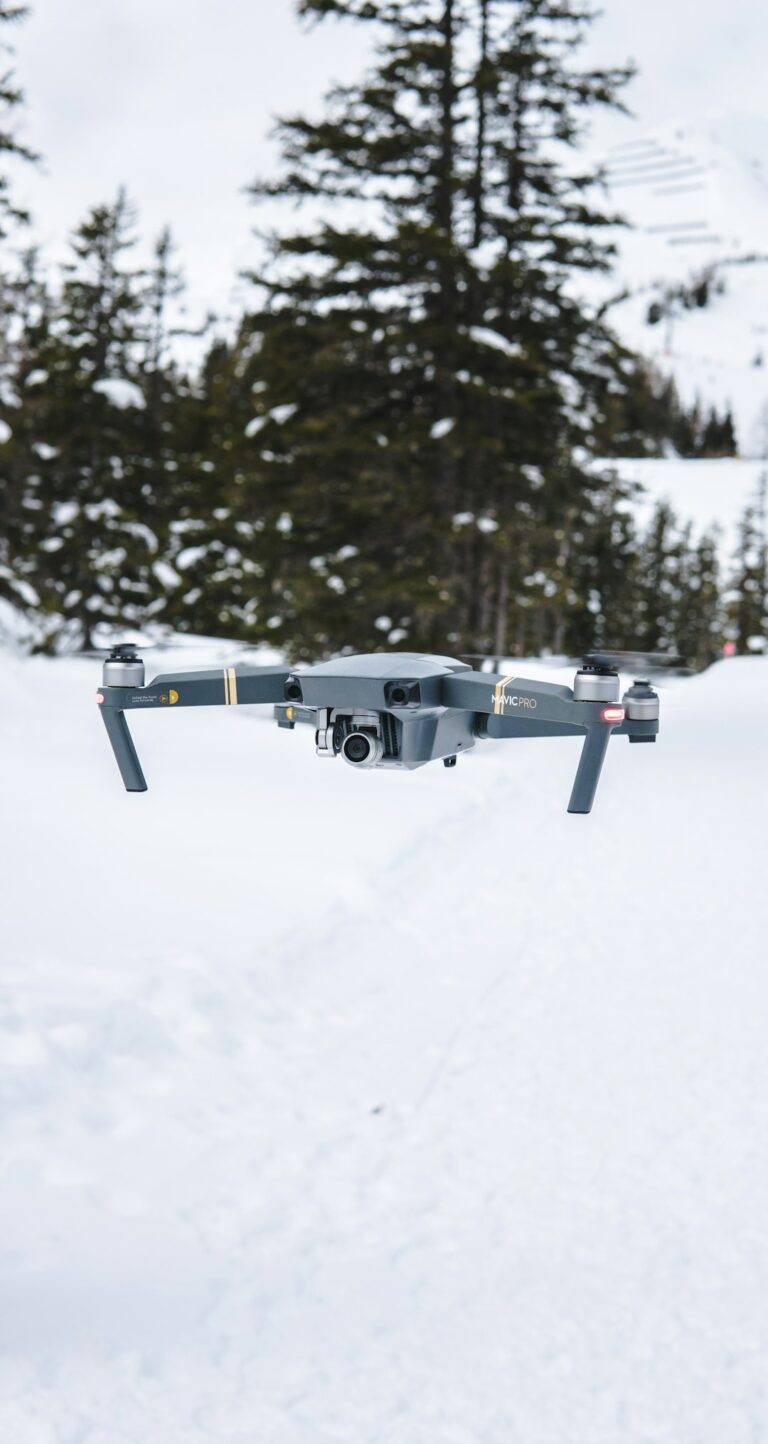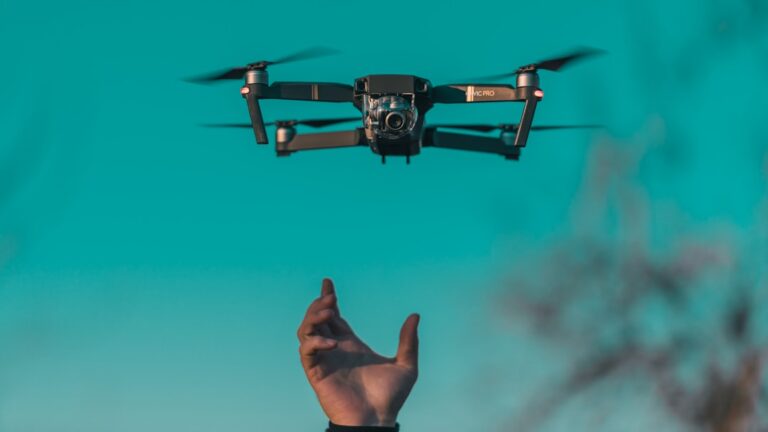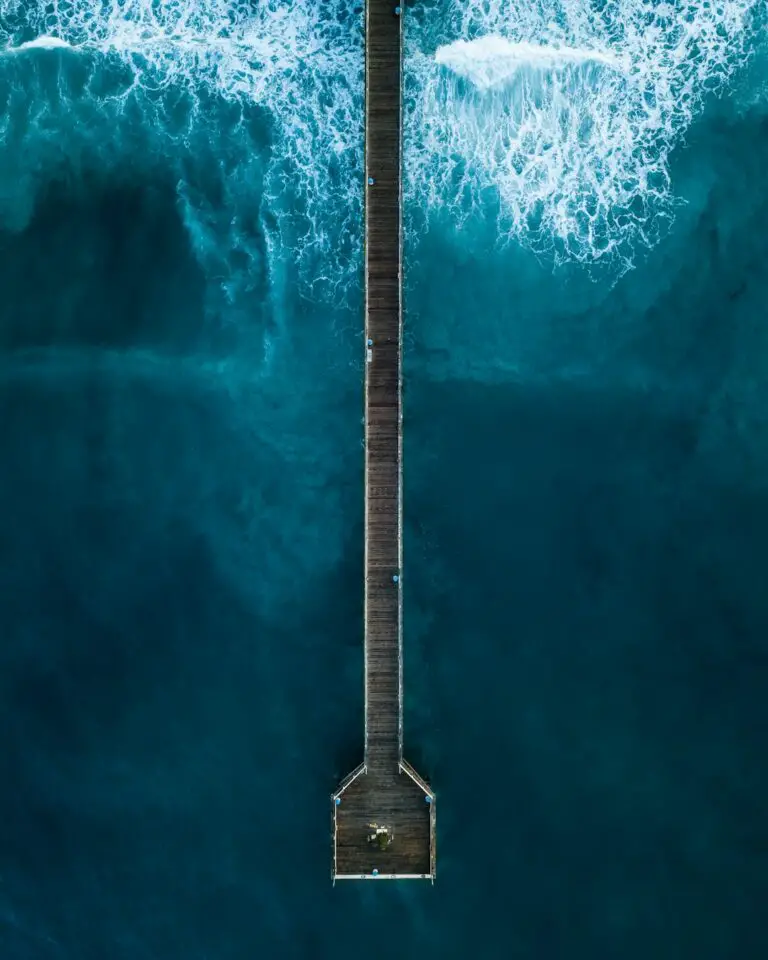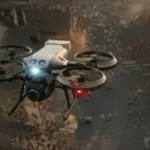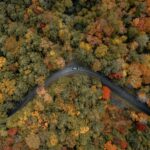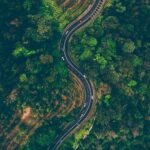Support our educational content for free when you purchase through links on our site. Learn more
15 Must-Know Recreational Drone Flight Areas in 2025 🚁
Picture this: You’ve just unboxed your shiny new DJI Mini 3 Pro, the sun is shining, and your heart’s racing with excitement. You’re ready to take to the skies—but wait, where exactly can you legally fly without landing yourself in hot water? Spoiler alert: it’s not as simple as “any open field.” From sprawling rural Class G airspace to tricky urban parks with local restrictions, knowing your recreational drone flight areas is the secret sauce to stress-free flying.
In this comprehensive guide, we at Drone Brands™ break down 15 essential zones where you can safely and legally pilot your drone for fun in 2025. We’ll also reveal the no-fly zones that could ground your dreams, the latest FAA rules like Remote ID and TRUST, plus the best apps to scout your next flight spot. Ready to unlock the skies with confidence? Let’s dive in!
Key Takeaways
- Recreational drone flying is governed by a complex patchwork of federal, state, and local rules—knowing the airspace classes and restrictions is crucial.
- Class G (uncontrolled) airspace and AMA model fields are your best bets for stress-free flying.
- National Parks, airports, military bases, and critical infrastructure are strictly off-limits without special authorization.
- Passing the FAA’s TRUST test and registering your drone are mandatory steps for all recreational pilots.
- Remote ID technology is now required for most drones, but FAA-Recognized Identification Areas (FRIAs) offer some relief.
- Use apps like B4UFLY, AirMap, and UAV Forecast to identify legal flight areas and avoid surprises.
- Respect privacy and local ordinances to keep your drone adventures friendly and hassle-free.
👉 Shop top drones and gear:
- DJI Mini 3 Pro: Amazon | DJI Official
- Parrot Anafi: Amazon | Parrot Official
- Firehouse Arc V Strobe Lights: Amazon
Table of Contents
- ⚡️ Quick Tips and Facts
- The Sky’s the Limit… Or Is It? Unpacking Recreational Drone Flight Areas
- What Exactly Is Recreational Drone Flying? Defining Your Wings
- Navigating the Airspace Labyrinth: Understanding Controlled vs. Uncontrolled Zones
- Where Your Drone Can Soar: Approved Recreational Flight Areas and Beyond
- Grounding Your Dreams: Restricted and No-Fly Zones for Recreational Drones
- National Parks and Wilderness Areas: Nature’s No-Drone Zone
- Airports and Restricted Airspace (Classes B, C, D, E): Steer Clear!
- Military Bases and Sensitive Facilities: Absolutely Off-Limits
- Temporary Flight Restrictions (TFRs): The Unexpected Grounding
- Critical Infrastructure: Power Plants, Prisons, and More
- Over People and Moving Vehicles: Safety First, Always!
- Decoding the Rules: Essential FAA Regulations for Recreational Drone Pilots
- The Recreational Exception (49 U.S.C. 44809): Your Legal Lifeline
- Passing the TRUST Test: Your Ticket to the Skies
- Drone Registration: Getting Your Wings Tagged
- Remote ID: The Digital License Plate for Your Drone
- Visual Line of Sight (VLOS): Keeping Your Eyes on the Prize
- Maximum Altitude Limits: Staying Below the Ceiling
- Night Flying with Anti-Collision Lighting: Light Up the Night!
- Beyond Federal: Navigating State and Local Drone Laws
- Tools of the Trade: Essential Apps and Resources for Identifying Flight Zones
- The Ethical Pilot: Respecting Privacy and Minimizing Nuisance
- When Things Go Sideways: What to Do If You Fly in a Restricted Area
- Future Horizons: What’s Next for Recreational Drone Flight Areas?
- Conclusion
- Recommended Links
- FAQ
- Reference Links
⚡️ Quick Tips and Facts
| Fact | Quick Tip | ✅/❌ |
|---|---|---|
| Altitude ceiling | Keep it below 400 ft AGL everywhere in the U.S. unless you have a waiver. | ✅ |
| Line of sight | You must keep your drone in visual line-of-sight—no binoculars, no excuses. | ✅ |
| TRUST test | The FAA’s free TRUST exam is your golden ticket—finish it once, carry proof forever. | ✅ |
| Weight threshold | Anything over 0.55 lbs (250 g) must be registered with the FAA. | ✅ |
| Night flying | Allowed only with anti-collision lights and no waiver needed for recreational pilots. | ✅ |
| National Parks | No take-off, landing, or operation inside National Parks—yes, even for that epic waterfall shot. | ❌ |
| Airports | Five-mile buffer around controlled airports—use LAANC to get permission if you need to fly inside. | ❌ without LAANC |
| Wildlife | Launch 100 m (328 ft) away from animals—stress kills bighorn sheep faster than you think. | ✅ |
Need the full scoop on where you can legally spin props? Jump to our deep-dive on where can I fly my drone for interactive maps and pro tricks.
The Sky’s the Limit… Or Is It? Unpacking Recreational Drone Flight Areas 🚁
We still remember the first time we unboxed a DJI Mini 3 at Drone Brands™ HQ. The team crowded around like kids on Christmas morning, batteries warming, props humming—only to realize we had zero clue where we could legally launch. Sound familiar? That’s why we wrote this guide: to spare you the same sweaty-palm moment.
Turns out “recreational drone flight areas” aren’t just random patches of grass. They’re a patchwork of federal airspace classes, local ordinances, wildlife buffers, and the occasional grumpy neighbor. By the end of this section, you’ll know exactly where to fly (and where to absolutely not).
What Exactly Is Recreational Drone Flying? Defining Your Wings
Think of recreational flying as flying for fun, not for pay. The FAA calls it “flying under the Exception for Recreational Flyers (49 U.S.C. 44809)”. Translation: you’re not shooting a wedding video for cash or inspecting a roof for a realtor. You’re just out there for the sheer joy of flight.
H3 – The Three Litmus Tests
- Purpose: Pure enjoyment or hobby.
- Community-Based Organization (CBO): You follow safety guidelines from an FAA-recognized CBO like the Academy of Model Aeronautics (AMA) or Drone U.
- No Compensation: If money changes hands, you’re Part 107 and need a different rulebook.
Navigating the Airspace Labyrinth: Understanding Controlled vs. Uncontrolled Zones
Imagine U.S. airspace as a layer cake:
| Layer | Name | Drone-Friendly? | Need Authorization? |
|---|---|---|---|
| Class G | Uncontrolled | ✅ Yes | No |
| Class E | Controlled (some areas) | ⚠️ Maybe | LAANC or DroneZone |
| Class D | Airport w/ tower | ❌ No-go unless | LAANC |
| Class C | Busy airport | ❌ Same as above | LAANC |
| Class B | Major hub (think LAX) | ❌ Rarely | Special waiver |
Pro tip: Fire up AirMap or B4UFLY and toggle the UAS Facility Map overlay—green is good, red is a hard stop.
Where Your Drone Can Soar: Approved Recreational Flight Areas and Beyond
1. Uncontrolled Airspace (Class G): The Wild West of the Skies
Class G is everywhere the FAA isn’t already managing traffic. Rural farmland, open desert, coastal bluffs—if there’s no magenta or blue circles on the sectional chart, you’re golden. Just watch for crop-dusting planes at 50 ft—those guys don’t mess around.
2. Designated Model Aircraft Fields: Your Local Drone Playground
AMA fields are heaven on earth for hobbyists. Perks:
- Pits and benches for tuning.
- Frequency boards to avoid 2.4 GHz chaos.
- Insurance coverage up to $2.5 million if you’re an AMA member.
Find one: AMA Field Directory.
3. Private Property: Permission is Key!
Your cousin’s vineyard? Perfect. Just get written permission—text messages count in most states. Bonus: fewer random dogs chasing your props.
4. Public Parks and Recreational Areas: Navigating Local Nuances
Some cities (looking at you, San Diego) require permits; others (shout-out to Austin) have designated drone zones. Always check municipal code—a 5-minute Google search beats a $500 fine.
5. FAA-Recognized Identification Areas (FRIAs): Remote ID’s Home Turf
Got an older Parrot Bebop 2 without Remote ID? Fly it inside a FRIA—a sanctioned bubble where the FAA waves the Remote ID requirement. Map here: FAA FRIA List.
Grounding Your Dreams: Restricted and No-Fly Zones for Recreational Drones
1. National Parks and Wilderness Areas: Nature’s No-Drone Zone
The National Park Service banned drones in 2014. Rangers will confiscate your SD card faster than you can say “geofence.” Exception: Boulder City near the Grand Canyon has a designated strip—but you need a special use permit.
2. Airports and Restricted Airspace (Classes B, C, D, E): Steer Clear!
Five-mile buffer is the rule of thumb. Use LAANC for instant approval up to certain altitudes. Example: KPDX (Portland International) allows 100 ft AGL in some quadrants—if you request it.
3. Military Bases and Sensitive Facilities: Absolutely Off-Limits
Red warning zones on sectional charts. Fly here and you’ll meet Air Force Security Forces—trust us, they’re not impressed by 4K footage.
4. Temporary Flight Restrictions (TFRs): The Unexpected Grounding
Wildfires, Super Bowls, presidential visits—TFRs pop up like mushrooms. Check TFR.FAA.gov every morning. We once drove three hours to the Alvord Desert only to find a NOTAM for a SpaceX launch—total buzzkill.
5. Critical Infrastructure: Power Plants, Prisons, and More
18 USC 1192 makes it a federal crime to buzz power plants, refineries, or correctional facilities. Penalty: up to $10,000 and 1 year in jail.
6. Over People and Moving Vehicles: Safety First, Always!
Recreational pilots cannot fly over non-participating people or moving vehicles. The FAA’s Operations Over People rule has a handy table—Category 1-4 drones can do it only if they meet Remote ID and prop guards.
Decoding the Rules: Essential FAA Regulations for Recreational Drone Pilots
1. The Recreational Exception (49 U.S.C. 44809): Your Legal Lifeline
This statute lets you skip the Part 107 exam if you follow eight simple rules. Break one—say, fly BVLOS—and you’re suddenly a Part 107 operator without knowing it. Yikes.
2. Passing the TRUST Test: Your Ticket to the Skies
TRUST is a free, 30-minute online quiz. We like Pilot Institute’s version because it saves a PDF certificate straight to your phone. Remember: no expiration, but carry it every flight.
3. Drone Registration: Getting Your Wings Tagged
Drones 0.55–55 lbs need a $5 registration valid for three years. Slap the FA number on the outside—stickers from Drone Tags work great.
4. Remote ID: The Digital License Plate for Your Drone
Since Sept 16, 2023, most drones must broadcast ID, location, altitude. Options:
- Built-in (DJI Air 3, Autel Nano+).
- Add-on module (Cube ID, uAvionix pingRID).
5. Visual Line of Sight (VLOS): Keeping Your Eyes on the Prize
No binoculars, no FPV goggles unless you have a visual observer. We learned this the hard way when a park ranger confiscated our DJI Goggles 2 setup.
6. Maximum Altitude Limits: Staying Below the Ceiling
400 ft AGL—unless you’re within 400 ft of a structure, then you can climb to 400 ft above the structure. Great for inspecting your buddy’s ham-radio tower.
7. Night Flying with Anti-Collision Lighting: Light Up the Night!
Recreational pilots can fly 30 minutes after sunset if your drone has strobes visible for 3 SM. We swear by Firehouse Arc V strobes—cheap, bright, and FAA-compliant.
Beyond Federal: Navigating State and Local Drone Laws
States are like snowflakes—no two are alike. Quick sampler:
| State | Quirky Rule | Link |
|---|---|---|
| Texas | HB 1424 bans flying over sports venues during events. | Texas Legislature |
| Florida | F.S. 934.50 makes surveillance of private property a first-degree misdemeanor. | Florida Senate |
| California | AB 1680 allows civil suits for invasion of privacy. | California Legislative Info |
Pro move: Google “
Tools of the Trade: Essential Apps and Resources for Identifying Flight Zones
| App | Best For | Pro Feature |
|---|---|---|
| B4UFLY | Beginners | LAANC integration |
| AirMap | Pros | 3D airspace view |
| UAV Forecast | Weather geeks | KP index for GPS |
| Kittyhawk | Fleet managers | Remote ID checker |
| Aloft | Real-time TFRs | Voice alerts |
👉 Shop these apps on: Apple App Store | Google Play | Aloft Official
The Ethical Pilot: Respecting Privacy and Minimizing Nuisance
We once had a neighbor who shot down our Parrot Anafi with a garden hose because it “looked into her window.” Moral: fly neighborly.
- Ask permission before flying over private gatherings.
- Hover time under 30 seconds keeps tempers cool.
- Prop noise under 70 dB (DJI Mini series) is neighborhood-friendly.
When Things Go Sideways: What to Do If You Fly in a Restricted Area
- Land immediately—don’t argue.
- Apologize and show your TRUST certificate and registration.
- Offer footage to authorities if it helps (wildfire mapping, search-and-rescue).
- File a NASA ASRS report—it’s like therapy for pilots.
Future Horizons: What’s Next for Recreational Drone Flight Areas?
- Urban Air Mobility (UAM) corridors may open below 200 ft for hobbyists.
- Remote ID 2.0 could allow BVLOS for lightweight drones.
- State preemption laws might standardize local rules—fingers crossed!
Stay tuned to Drone Industry News for the latest shake-ups.
Conclusion
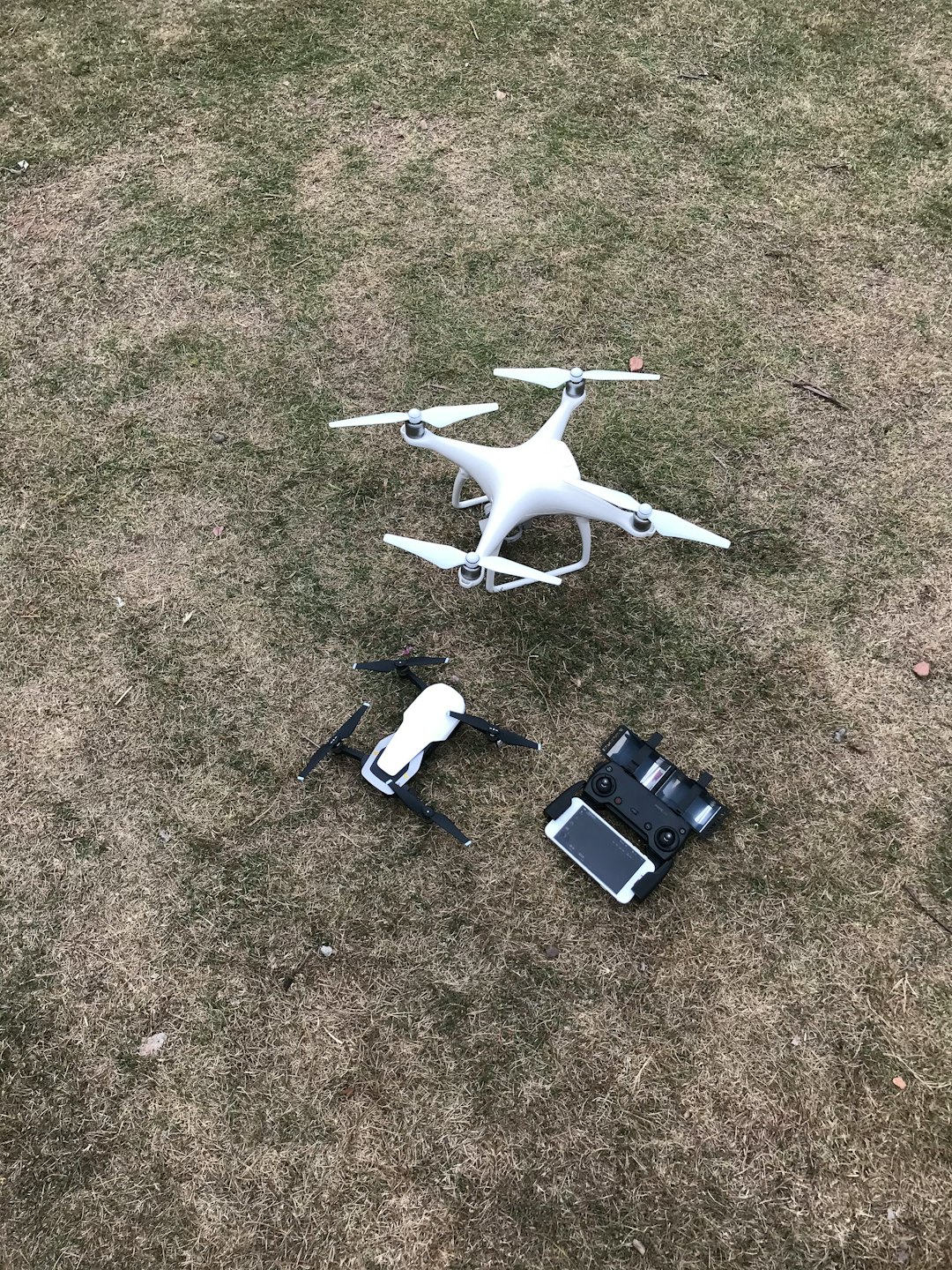
So, where does that leave you, the aspiring recreational drone pilot? After soaring through the maze of airspace classes, no-fly zones, and FAA regulations, one thing’s crystal clear: knowledge is your best co-pilot. Whether you’re buzzing the wide-open expanses of Class G airspace or carefully navigating the patchwork of local parks and private lands, staying informed keeps your flights smooth and legal.
Remember our early story about the DJI Mini 3 unboxing? The excitement of flight is unbeatable, but it’s the respect for rules and fellow flyers that truly elevates your drone adventures. By following the TRUST test, registering your drone, and using tools like B4UFLY or AirMap, you’re not just flying—you’re flying smart.
And if you’re wondering about those tricky spots—National Parks, military bases, or temporary flight restrictions—consider them the “red flags” on your drone map. They’re not just bureaucratic hurdles; they protect wildlife, people, and critical infrastructure. So, no shortcuts here.
In short, recreational drone flight areas are your playground, but with boundaries that ensure everyone’s safety and privacy. Embrace the rules, respect the skies, and your drone will reward you with breathtaking views and endless fun.
Recommended Links
👉 CHECK PRICE on:
- DJI Mini 3 Pro: Amazon | DJI Official Website
- Parrot Anafi: Amazon | Parrot Official Website
- Firehouse Arc V Anti-Collision Strobe Lights: Amazon
- Drone Tags FAA Registration Stickers: Amazon
Books for Drone Enthusiasts:
FAQ
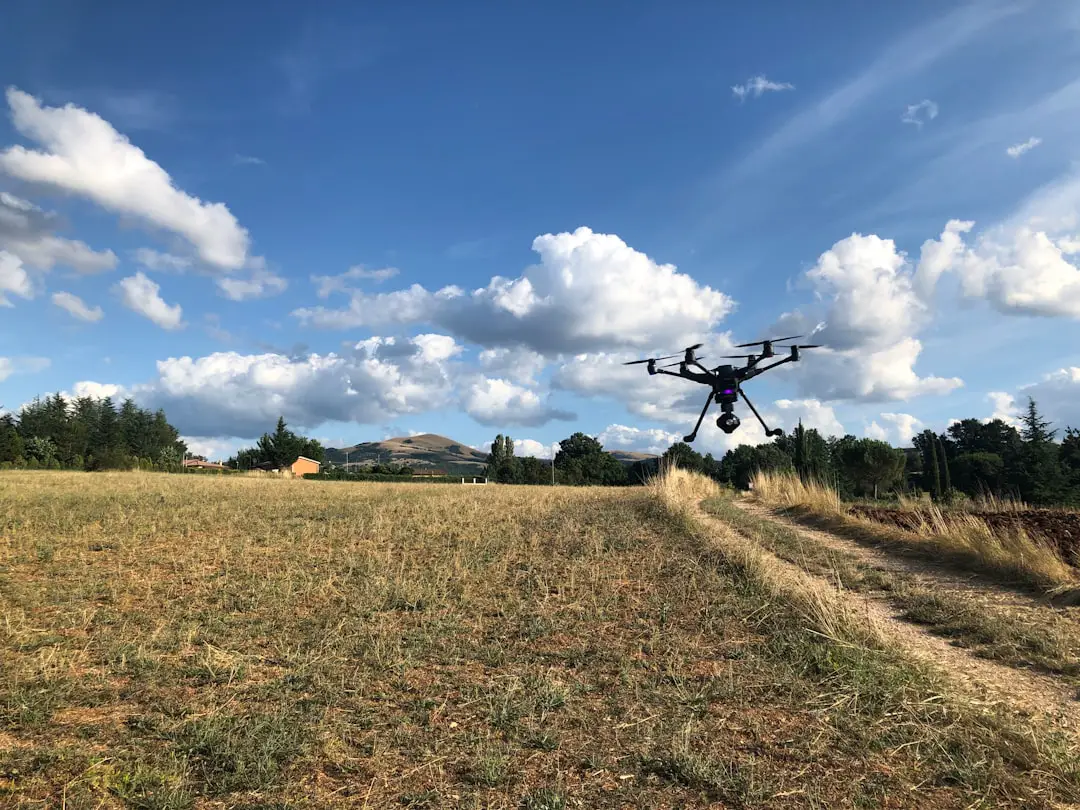
What are the best recreational drone flight areas near me?
The best areas depend on your location but generally include Class G airspace zones, AMA-designated fields, and public parks that allow drone use. Use apps like B4UFLY or AirMap to check real-time restrictions. Also, joining local drone clubs (like AMA chapters) can give you insider access to approved flying sites and community support.
Read more about “7 Best Safe Drone Flying Spots You Must Know in 2025 🚁”
Are there any national parks that allow recreational drone flight?
❌ No. The National Park Service prohibits drone operations in all U.S. National Parks to protect wildlife and preserve visitor experience. Exceptions require special permits, which are rarely granted for recreational use. For drone flying near scenic natural areas, consider National Forests or state parks that may have more lenient policies.
Read more about “How Many People Fly Drones? 15 Surprising Facts You Need to Know (2025) 🚁”
How do I find recreational drone flight areas with minimal air traffic?
Look for Class G airspace away from airports and urban centers. Rural areas, agricultural lands, and AMA fields are typically low-traffic zones. Apps like AirMap provide overlays showing controlled airspace and real-time manned aircraft activity. Also, avoid flying near heliports, emergency scenes, and event venues to minimize conflicts.
What are the rules for recreational drone flight in public spaces?
Rules vary widely by city and state. Generally, you must:
- Obtain permission if required (some parks require permits).
- Avoid flying over crowds or moving vehicles.
- Stay below 400 feet AGL.
- Keep your drone within visual line of sight.
- Respect privacy laws—do not record people without consent.
Always check local ordinances before flying in public parks or recreational areas.
Can I fly my drone in state parks and recreation areas?
It depends on the state and specific park regulations. Some state parks allow recreational drone flights with restrictions, while others ban them outright. For example, California has many state parks with drone bans, whereas Texas may allow drones in some parks with permits. Check the official state park website or contact park management before flying.
Read more about “15 Best Places to Fly a Drone in 2025 🚁 Ultimate Guide”
Are there any apps that help find recreational drone flight areas?
Absolutely! Here are our top picks:
- B4UFLY (FAA-backed, beginner-friendly)
- AirMap (professional-grade airspace visualization)
- UAV Forecast (weather and GPS interference forecasts)
- Kittyhawk (fleet management and Remote ID compliance)
- Aloft (real-time TFR alerts and voice notifications)
These apps help you avoid no-fly zones, check weather, and comply with regulations.
Read more about “Are There 7 Designated Drone Flying Areas Near You? 🛸 (2025)”
What are the safest recreational drone flight areas for beginners?
Beginners should start in:
- AMA Model Aircraft Fields — safe, community-supported, and insured.
- Open Class G airspace away from airports and people.
- Private property with permission to practice takeoffs and landings.
- Designated drone parks or zones in cities that allow drone flights.
Avoid crowded areas, controlled airspace, and places with complex regulations until you gain confidence.
Reference Links
- FAA Recreational UAS Safety Test (TRUST): faadronezone.faa.gov
- Academy of Model Aeronautics (AMA): modelaircraft.org
- FAA UAS Facility Maps & LAANC: faa.gov/uas/programs_partnerships/data_exchange/
- National Park Service Drone Policy: nps.gov
- USDA Forest Service Recreational Drone Tips: fs.usda.gov
- FAA Temporary Flight Restrictions (TFRs): tfr.faa.gov
- FAA Remote ID Rule: faa.gov/uas/getting_started/remote_id
- New Drone Laws in the USA [Updated in 2025] – Drone U™: thedroneu.com/blog/usa-drone-laws-regulations-by-state/
- DJI Official Website: dji.com
- Parrot Official Website: parrot.com
- Firehouse Arc V Strobe Lights: firehousearc.com
- FAA Drone Registration: faadronezone.faa.gov
Fly safe, fly smart, and keep those props spinning! 🚀
